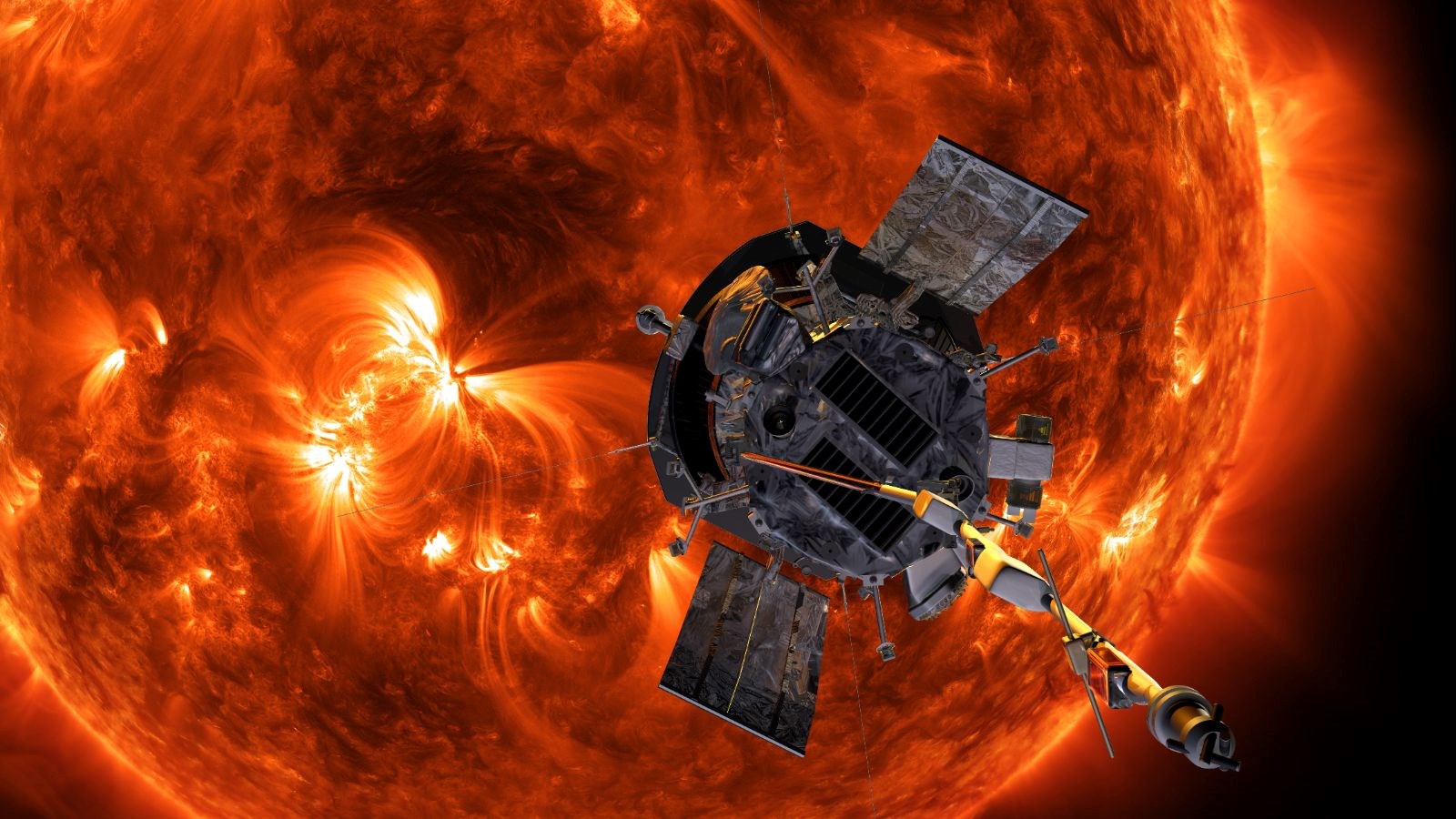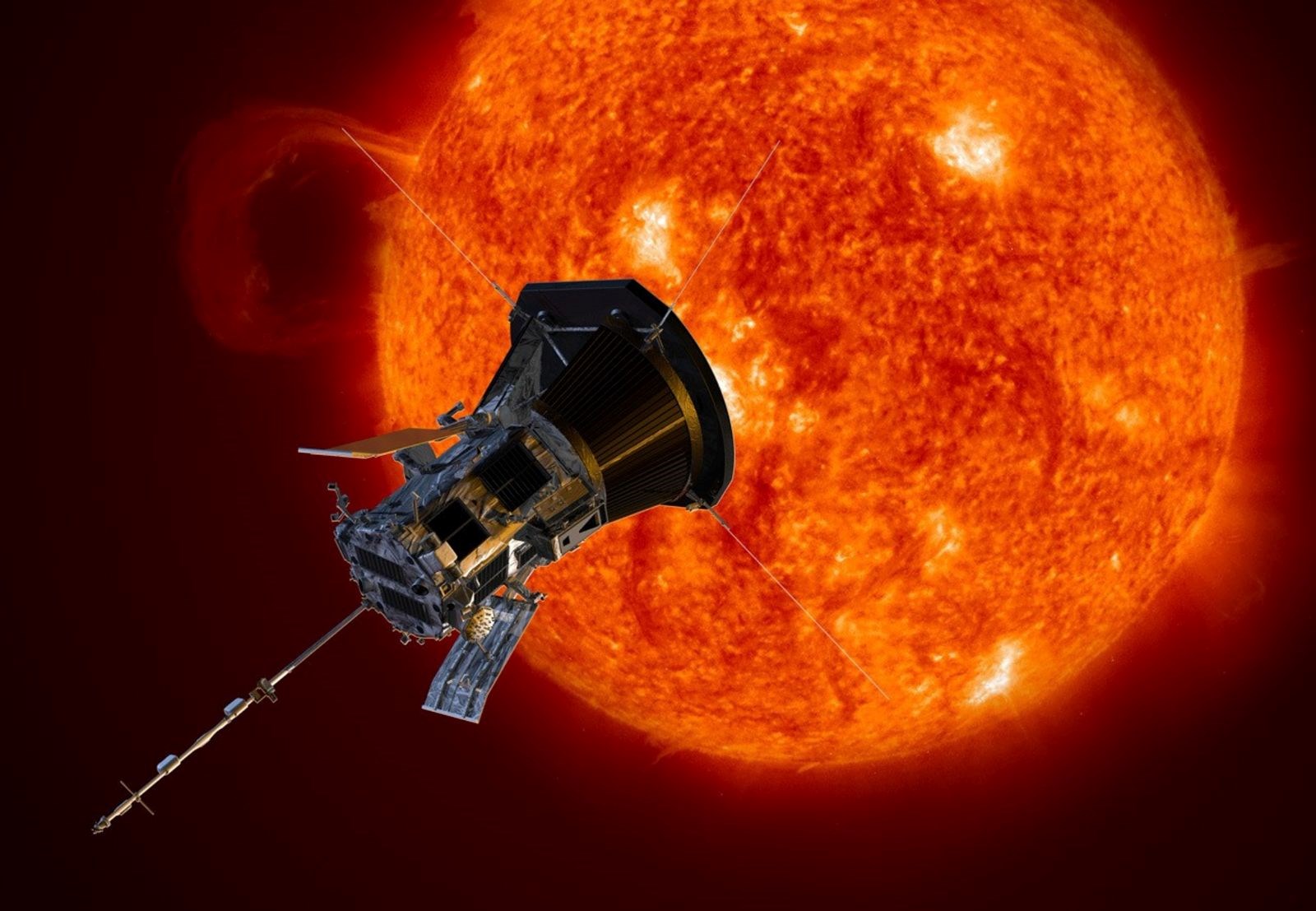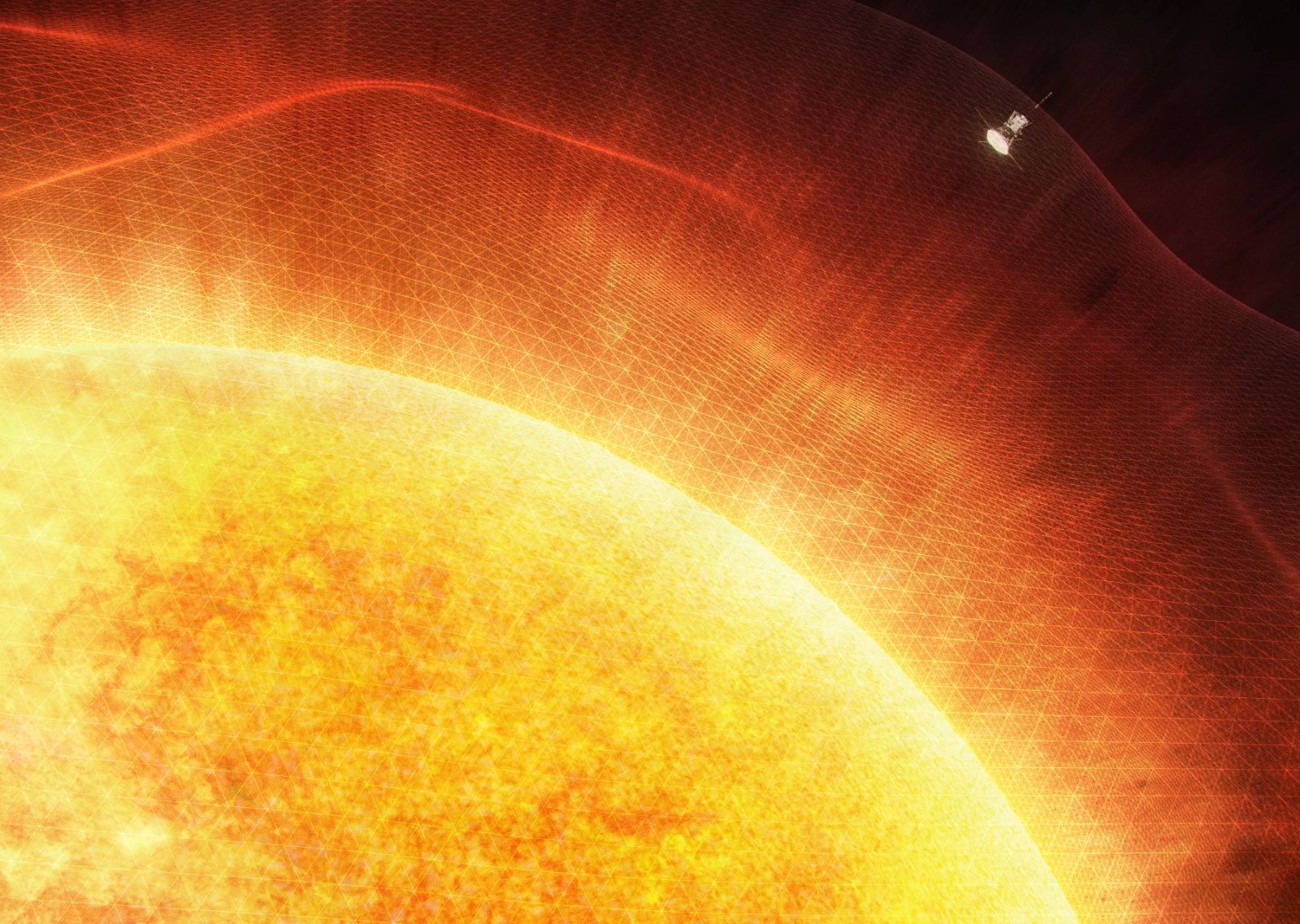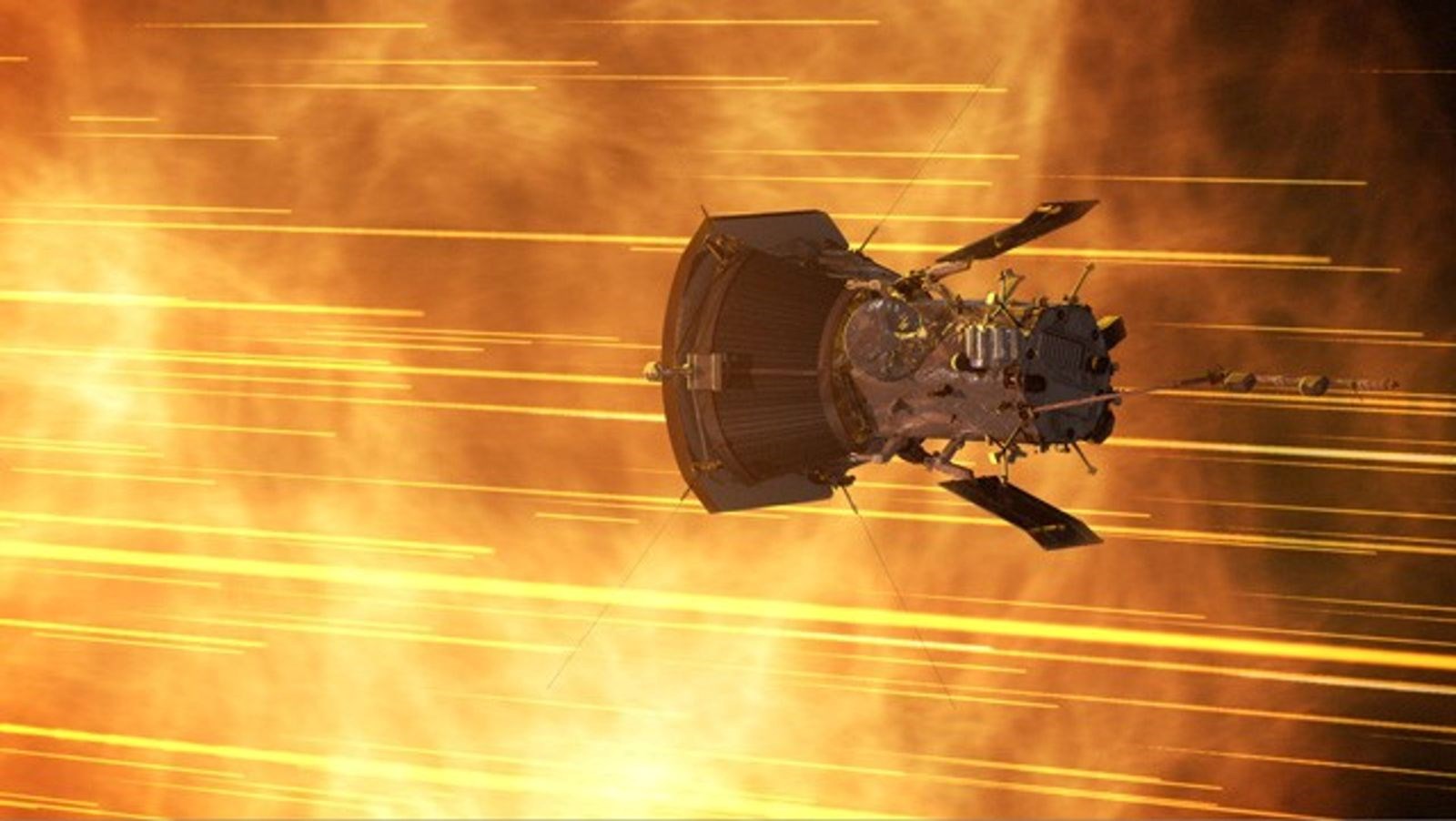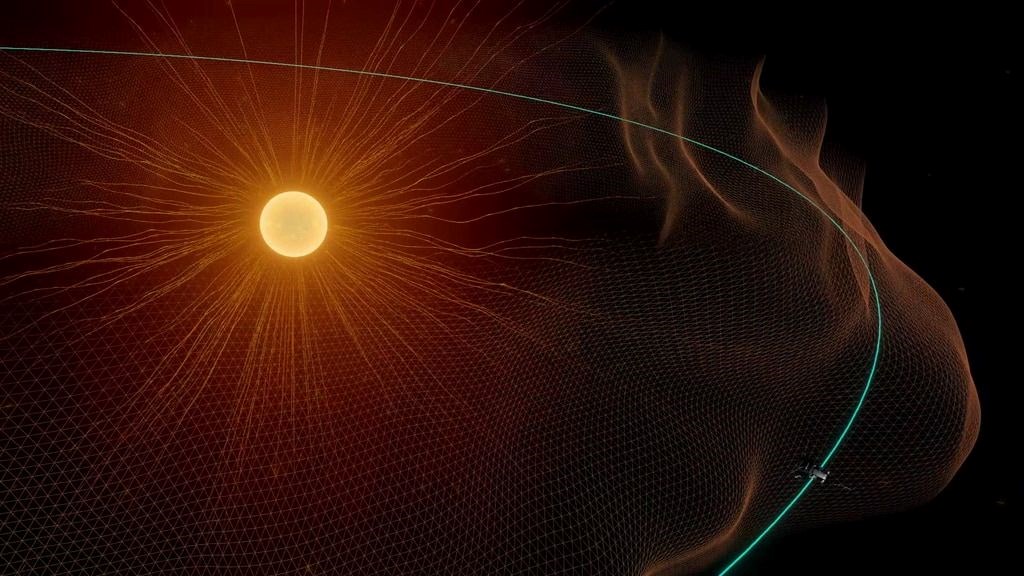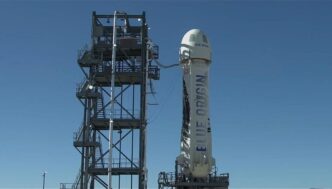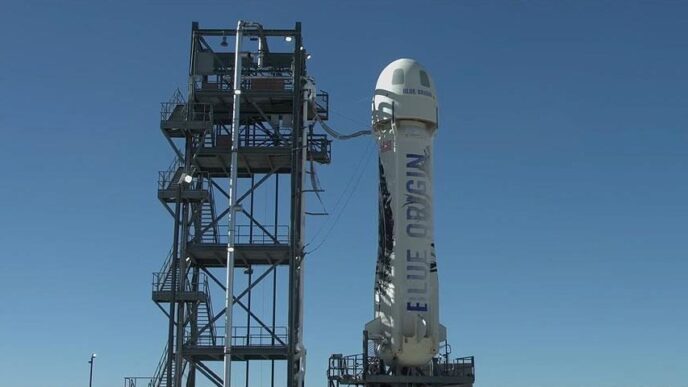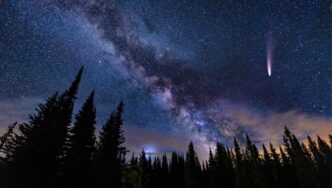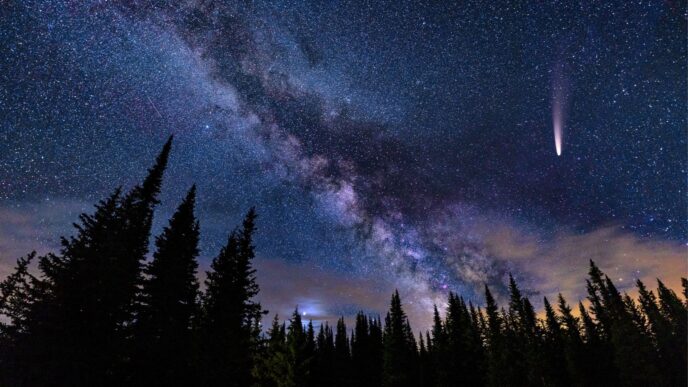NASA announced that the Parker Solar Probe, which passed closest to the Sun, has successfully completed this historic flight. The vehicle, which approached 6.1 million kilometers to the Sun’s surface on December 24, completed its mission safely by enduring a temperature of 980 degrees Celsius and a speed of 690 thousand km / h. NASA shared its excitement by saying, “We received a signal from Parker, the vehicle is safe and operating normally.” Parker’s mission is to enlighten the world of science by examining the Sun’s corona layer. Two more record flights await the spacecraft in 2025.
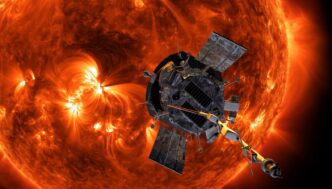
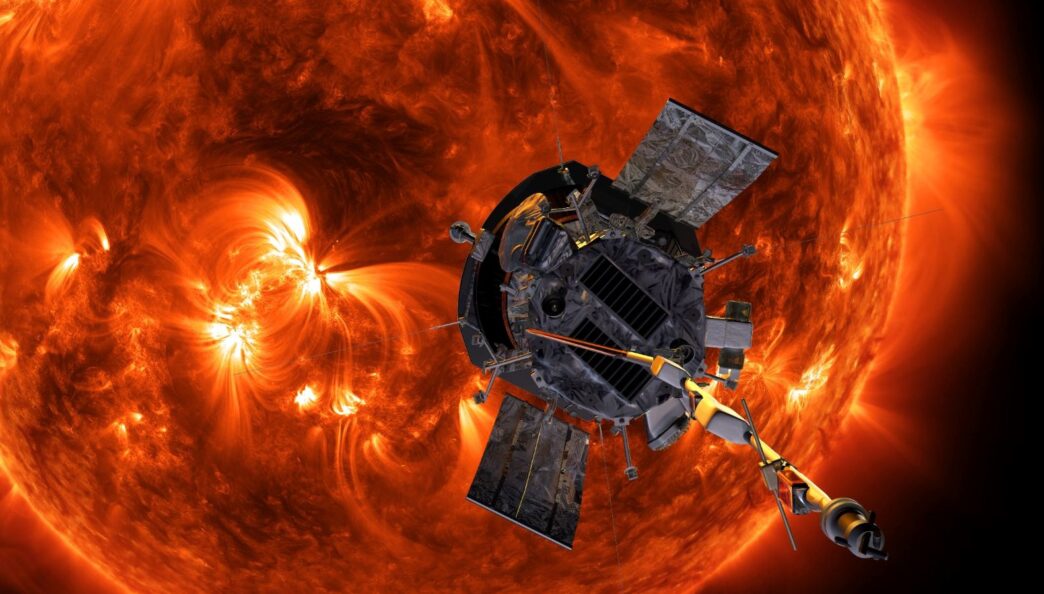
Add a comment
